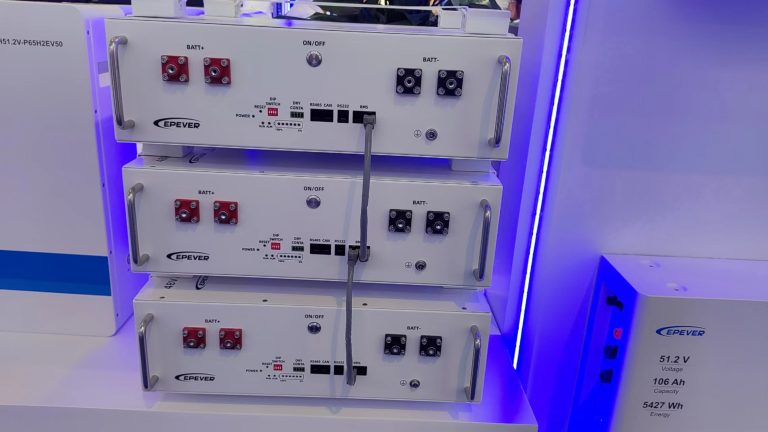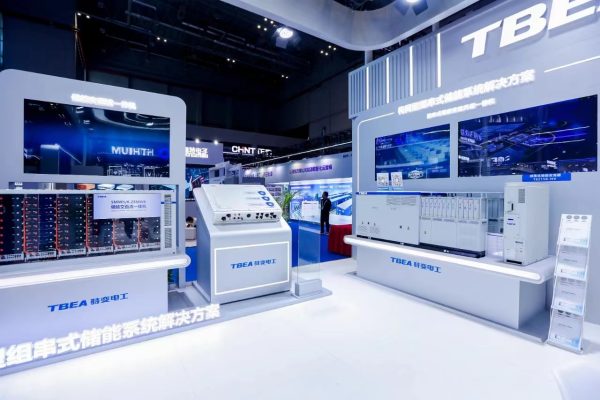Introduction: Why Home Energy Storage Is a Game Changer
The global energy landscape is undergoing a seismic shift. With rising electricity costs, increasing climate consciousness, and more frequent blackouts due to grid instability, homeowners are seeking ways to take control of their energy future. Home energy storage systems—typically battery systems connected to solar photovoltaic (PV) arrays—are the cornerstone of this energy independence.
But not all systems are created equal. Choosing the right home energy storage system depends on a mix of technical compatibility, cost, performance, and your lifestyle energy needs. In this guide, we’ll walk you through the key considerations to help you select a storage solution that is efficient, reliable, and future-proof.
1. Understand Your Home Energy Profile
Before diving into product selection, it’s critical to understand your energy usage patterns.
- Daily Consumption: Review your utility bills to find your average daily kWh consumption. Most residential homes in the U.S. use between 20–30 kWh per day.
- Peak Demand Hours: Identify when you use the most power—day, evening, or overnight. This informs battery discharge scheduling.
- Grid Connection: Are you on a Time-of-Use (TOU) plan? Do you want partial or full off-grid capability?
🔍 Tip: Homeowners aiming for total grid independence typically need a larger battery system than those using it solely for backup.
2. Choose the Right Battery Chemistry
Home energy storage systems today predominantly use lithium-ion chemistry, but there are variations:
| Chemistry | Best For | Key Features |
|---|---|---|
| LFP (Lithium Iron Phosphate) | Long cycle life, safety | High thermal stability, >6000 cycles |
| NMC (Nickel Manganese Cobalt) | High energy density | Compact size, used in EVs |
| Lead-Acid (outdated) | Low-cost backup only | Shorter lifespan, high maintenance |
LFP batteries are currently the most popular choice for residential energy storage due to their safety, scalability, and long lifespan.
3. Determine the Correct Storage Capacity
A crucial part of sizing your system correctly is calculating how much energy storage you really need.
- Backup Only: 5–10 kWh is often sufficient for essential loads like lighting, refrigeration, and Wi-Fi.
- Self-Consumption Optimization: 10–15 kWh for solar households looking to maximize their own solar usage.
- Full Off-Grid: 20–30+ kWh depending on household size and energy efficiency.
📐 Rule of Thumb: Size your battery to at least 1 day of average energy usage + 30% headroom.
4. Evaluate Inverter Compatibility
Your inverter is the brain of the system—handling power conversion, smart controls, and grid interaction.
- Hybrid Inverters combine solar PV and battery management into a single unit.
- AC-Coupled Systems have a separate inverter for solar and battery.
- DC-Coupled Systems are more efficient and cost-effective, but require integrated design.
Make sure the battery system is compatible with your existing or planned inverter. Popular brands like Sungrow, Sol-Ark, and Growatt offer all-in-one hybrid systems optimized for lithium battery integration.
5. Consider Battery Backup Features and Critical Load Panels
If you’re installing a battery for backup power, plan for:
- Automatic Transfer Switch (ATS): Automatically switches to battery during a blackout.
- Critical Load Panel: Segregates key appliances to be powered during outages.
- Black Start Capability: Some batteries can start up the system even if solar is inactive.
⚡ Safety Tip: Always consult a licensed electrician to design critical load circuits. Backup without isolation can be dangerous.
6. Examine Smart Monitoring and Energy Management Systems (EMS)
Smart systems empower you to take full advantage of your battery:
- Mobile apps for monitoring charge/discharge in real time
- AI or algorithm-based EMS for smart scheduling based on energy pricing
- Remote firmware updates to stay future-proof
Integration with smart home devices (like thermostats or EV chargers) is a growing trend and can further improve energy savings.
7. Scalability and Modular Design
A good home storage system should grow with your needs:
- Modular Batteries: Brands like BYD, Pylontech, and LG offer stackable battery modules.
- Inverter Flexibility: Choose inverters that allow future solar or battery capacity expansion.
If you’re planning to add EV charging or new appliances later, scalability is essential.
8. Evaluate Warranty, Safety, and Certification
Quality assurance is key to long-term performance.
- Cycle Life: Look for systems rated for >4000 cycles
- Warranty: Minimum 10-year warranty on battery and inverter
- Certifications: Ensure compliance with UL 9540 (North America), CE (Europe), or local standards
Also, look for features like thermal runaway protection, fire suppression, and IP65+ weatherproofing for outdoor units.
9. Total System Cost and Return on Investment (ROI)
System costs vary widely depending on size, brand, and location:
| System Size | Estimated Cost (Installed) | Notes |
|---|---|---|
| 5 kWh | $4,000–$6,000 | Backup only |
| 10 kWh | $7,000–$11,000 | Typical solar pair |
| 20 kWh+ | $12,000–$20,000+ | Full energy independence |
ROI is influenced by:
- Local electricity rates
- Incentives (like the U.S. ITC or Germany’s KfW program)
- Daily usage optimization
- Self-consumption % of solar
10. Real-World Case Study: California Suburban Home
- Setup: 7 kW solar + 13.5 kWh LFP battery
- Usage: Covers 85% of daily needs; backup for fridge, lights, router
- Savings: $1,300/year avoided utility costs
- Payback Period: ~8 years
Conclusion: Invest in Energy Freedom
A properly chosen home energy storage system can shield your household from rising electricity prices, enable cleaner energy usage, and provide peace of mind during blackouts. Whether you aim for total grid independence or just want reliable backup power, sizing and selecting the right system is crucial to long-term success.
Make sure to work with reputable installers, choose certified components, and plan for the future. With thoughtful investment, your energy system becomes not just a backup, but a power strategy.









